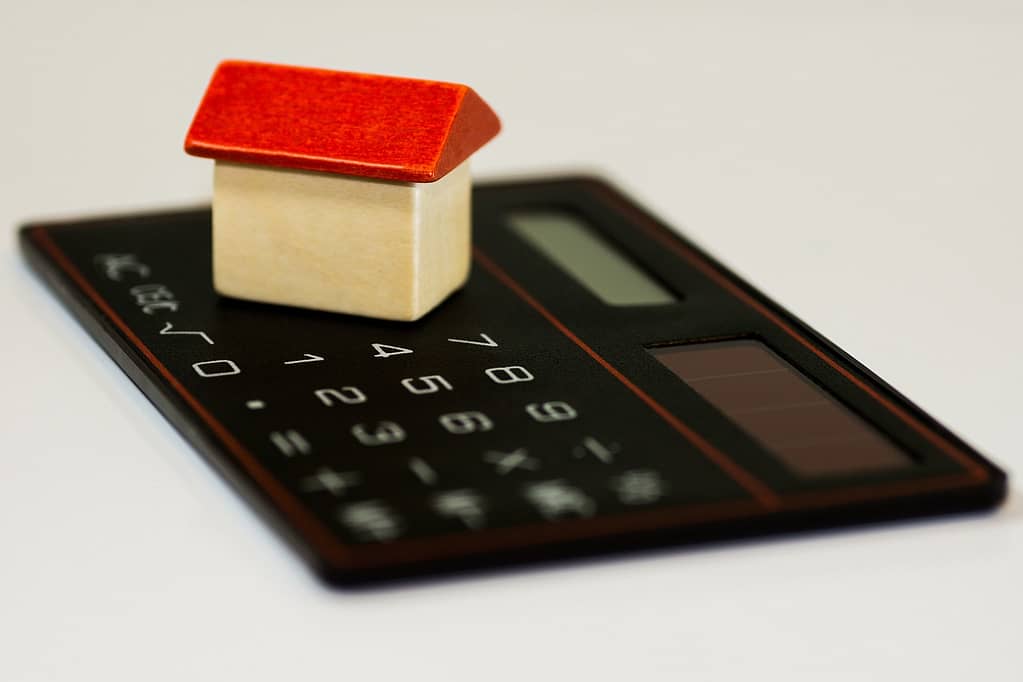In Ontario, when homeowners default on their mortgage payments, lenders often use the ‘Power of Sale’ process to recover their owed amounts. Unlike foreclosures found in other jurisdictions, the Power of Sale is quicker and has its unique set of regulations and implications. Whether you’re a homeowner facing potential repossession or just looking to learn about power of sale, understanding this process is crucial.

What is Power of Sale?
The Power of Sale process allows lenders to sell a property without the need to first take possession. Typically initiated after a default on mortgage payments, it’s governed by the terms set out in the mortgage agreement and the Ontario Mortgages Act. Lenders prefer this method because it’s more streamlined and expedient compared to foreclosures.
How Does It Begin?
Once a homeowner defaults, lenders must wait a minimum period (usually 15 days) before issuing a “Notice of Sale.” This notice outlines the amount owed, additional costs, and the deadline for payment to halt the Power of Sale process. If the homeowner cannot remedy the situation within the stipulated period, the lender proceeds to the next step.
Statement of Claim
If there’s no resolution after the Notice of Sale, lenders can issue a “Statement of Claim.” This document specifies the mortgage details, the amount in default, and a payment deadline. Again, homeowners have a chance to halt proceedings by settling the owed amount.
Property Sale
Failing to meet the requirements of the Statement of Claim, the lender can sell the property. The crucial distinction here is that the lender doesn’t take ownership. They sell the property “as is,” which can sometimes mean below market value, to quickly recoup their funds.
Distribution of Sale Proceeds
After the sale, proceeds first cover the owed mortgage amount, accrued interest, and any additional costs. If there’s a surplus, it goes to subsequent mortgage or lien holders. Any remaining funds are returned to the former homeowner. Conversely, if the sale doesn’t cover the debts, the homeowner may still owe the lender the difference.
Power of Sale vs. Foreclosure
Unlike foreclosures, where the lender takes possession and the property’s title, the Power of Sale process allows the homeowner to retain the title. Only the property’s right of possession is transferred during the sale. It’s a faster process, largely due to its contractual basis and the fact that court intervention isn’t a primary requirement.
Protecting Your Interests as a Homeowner
For homeowners facing the looming threat of Power of Sale, early action is vital. Communicating with lenders can open avenues for renegotiated payment terms or alternative solutions. Seeking legal counsel ensures homeowners fully understand their rights and potential outcomes.

Power of Sale Timeline
| 1) Default on Mortgage Payments: This is the starting point. Once a homeowner misses their mortgage payments, they are considered in default. | 2) Grace Period: Lenders typically wait a minimum of 15 days after the default, allowing homeowners a chance to make the payment and rectify the situation. |
| 3) Notice of Sale: If the default isn’t corrected within the grace period, the lender can issue a “Notice of Sale.” This document informs the homeowner about the default, outlines the owed amount, and provides a deadline (usually 30 to 35 days) to pay the outstanding amount. | 4) Statement of Claim: If the homeowner fails to address the Notice of Sale, the lender can then issue a “Statement of Claim.” This claim gives detailed information about the mortgage, the default amount, any additional costs, and provides another deadline for payment. |
| 5) Writ of Possession: If the homeowner still hasn’t resolved the default after the Statement of Claim, the lender can seek a “Writ of Possession” from the court. This is a formal legal permission to evict the homeowner and sell the property. | 6) Eviction: After obtaining the Writ of Possession, the lender can evict the homeowner, usually with the help of the sheriff’s office, if they haven’t already vacated the property. |
| 7) Property Sale: Once the property is vacant, the lender can sell it. The sale aims to recover the outstanding mortgage amount, accrued interest, legal fees, and any other related costs. | 8) Distribution of Sale Proceeds: After the sale, proceeds are used to cover the owed mortgage amount, fees, and other costs. Any surplus is given to subsequent lien holders or returned to the former homeowner. If the sale doesn’t cover all debts, the homeowner might still owe the lender the remaining difference. |
A Few Final Thoughts on Power of Sale in Ontario…
Navigating the intricacies of the Power of Sale can be an emotionally taxing and complex ordeal for homeowners. Understandably, the threat of losing one’s home, a place of memories and comfort, is deeply unsettling. But it’s crucial to remember that you’re not alone in this journey. Many have faced this challenge and have found pathways out. If you’re a homeowner caught in the whirlwind of this process, early intervention is key. Communicating with your lender, understanding your rights, and seeking legal or professional advice can provide clarity and options. There are avenues available, from renegotiating payment terms to considering a quick sale to cash buyers. The most important thing is to act promptly, seek guidance, and know that there’s always a way forward. Remember, homes are not just bricks and mortar; they’re a testament to resilience, and with the right support, you can weather this storm and make the right decisions for you and your




